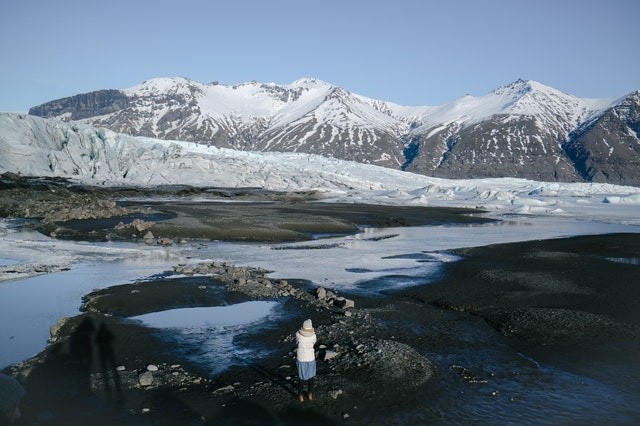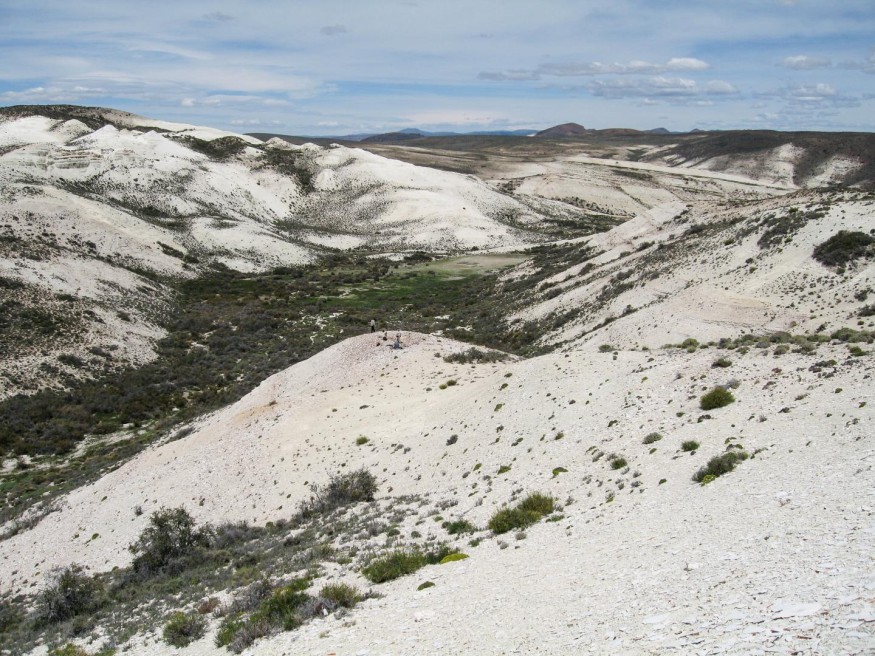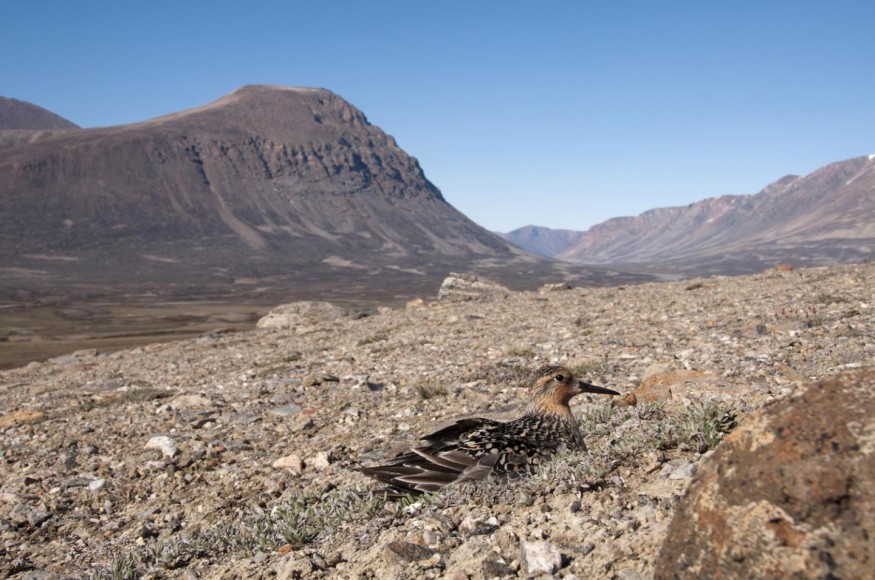In northwestern Greenland during 1966, US Army scientists drilled through nearly a mile of ice and hauled up a fifteen-foot-long tube of soil from the bottom. The hardened sediment was then lost for decades in a freezer. In 2017, it was rediscovered accidentally.

Fast forward to 2019, the University of Vermont scientist Andrew Christ studied it under a microscope and couldn't believe what he saw: twigs and leaves instead of sand and rock. This implied that the ice had melted in the ancient geologic history and that a vegetated area, perhaps a boreal forest, once existed where a mile-deep ice sheet the size of Alaska does now.
Related Article: Antarctic Ice Drilling Leads to an Unexpected Discovery
Studying the Fossil

Christ and an international team of scientists, headed by UVM's Paul Bierman, Columbia University's Joerg Schaefer, and the University of Copenhagen's Dorthe Dahl-Jensen, have spent the last year studying these one-of-a-kind fossil plants and sediment from the bottom of Greenland. Their findings indicate that much, if not all, of Greenland, was ice-free during the last million years, if not a few hundred thousand.
"Normally, ice sheets pulverize and kill everything in their way," Christ explains, "but what we found were fragile plant structures that were perfectly preserved." They're dinosaurs, but they seem to have died only a few days ago. It's a time capsule of what Greenlandic life was like in the past that we won't be able to find somewhere else."
The observation confirms a new and disturbing hypothesis that Greenland ice has totally melted off during recent warm cycles of Earth's past, such as the one we are now witnessing due to human-caused climate change.
Greenland Ice Sheet History
Understanding the Greenland Ice Sheet history is important for forecasting how it will respond to potential climate change and how easily it will melt. Any coastal community on the planet is at risk because Greenland's ice is tying up about twenty feet of sea-level rise. According to a recent report, Greenland is more vulnerable and susceptible to climate change than previously thought and is in serious danger of melting away irreversibly.
"This is not a twenty-generation issue," says Paul Bierman, a geoscientist at UVM's College of Arts and Sciences' Rubenstein School of Environment and Natural Resources and Gund Institute for Environment fellow. "For the next 50 years, this is an immediate issue."
The latest thesis was published in the Proceedings of the National Academy of Sciences on March 15th.
Military Base
Camp Century, a Cold War military base dug within the ice cap well above the Arctic Circle in the 1960s, provided the latest PNAS analysis data. The camp's true aim was to conceal 600 nuclear missiles under the ice near the Soviet Union as part of Project Iceworm, a top-secret effort. The army pretended that the camp was a polar research station as a shield.
Greenland Fossil Diversity

Parts of the ice on Greenland continued for most of the Pleistocene, the frozen age spanning the past 2.6 million years, including through colder periods known as "interglacials." However, most of this general tale has been pieced together from mud and rock washed up on the island and collected from offshore ocean exploration. Greenland's ice sheet depth and the types of habitats that occurred there prior to the last interglacial warm era, which ended around 120,000 years ago, have been hotly argued and poorly known.
ALSO READ: Oldest Ice in Earth: The Hidden Glacier Ice in McMurdo Dry Valleys
© 2025 NatureWorldNews.com All rights reserved. Do not reproduce without permission.





